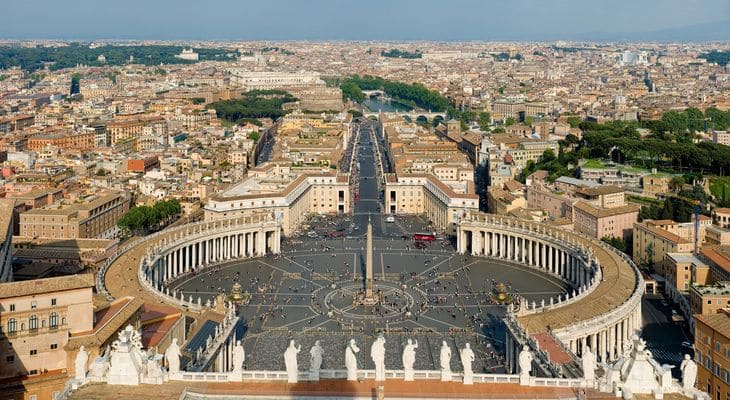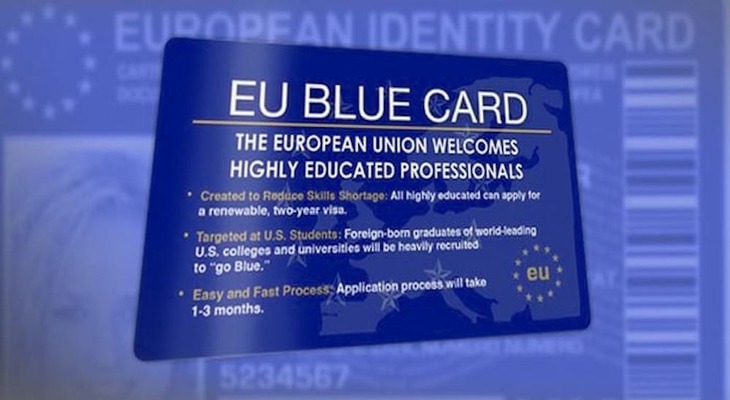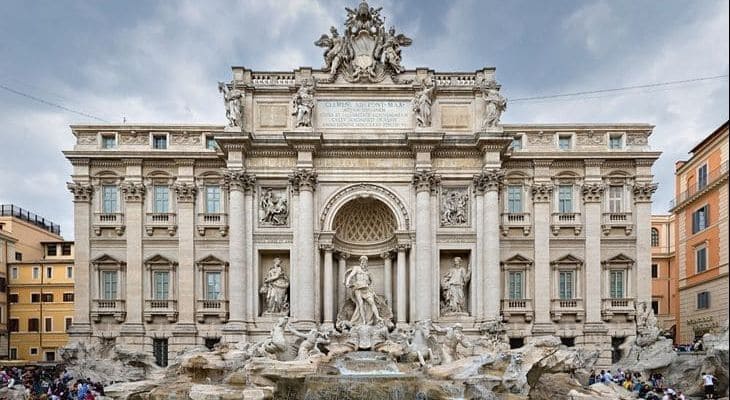
Italy is famous for its delicious cuisine, rich culture and history, trendy fashion, lively cities, and breathtaking landscapes. It is referred to as the birthplace of Western culture and, unsurprisingly, it has the most UNESCO World Heritage Sites in the world.
There’s an incredible amount to see and do. Whether you want to see the ruins of the Roman Empire, masterpieces by Michelangelo and Da Vinci, go skiing in the Alps, or relax on some of the most beautiful beaches in the world, you won’t be disappointed.
Before you set off to Italy, there’s a number of important things to be aware of. This travel guide for Italy will help you prepare by giving you some essential tips and explaining the documentation you need to enter the country.
Italy by Region: Where to Visit?
Italy varies greatly from region to region in terms of landscape, culture, weather, and food. Visitors should try and see as much as possible but the sheer amount of things to see means you have to be selective.
Central Italy: Tuscany, Marche, Umbria, Lazio, and Abruzzo
Central Italy is the most popular area for tourists. Rome is naturally the best place to witness the relics of the empire such as the Colosseum and the Forum. Florence, the Cradle of the Renaissance, is Tuscany’s top city. There are also a number of smaller cities such as Siena and Pisa which have much to offer.
Northeast Italy: Emilia-Romagna, Friuli-Venezia Giulia, Trentino-Alto Adige, and Veneto
One of the best regions to go skiing in Italy. There are a number of world-class ski resorts in the Dolomites. You can also visit some fascinating cities such as Parma (where you can eat some of the best ham in the world) and Verona (the setting of Shakespeare’s Romeo and Juliet).
Northwest Italy: Aosta Valley, Liguria, Lombardy, and Piedmont
Home to the Italian Riviera and the Alps, it’s one of the most stunning regions of Italy. The biggest city in the northwest is Milan, the fashion capital of Italy. If you plan to go shopping it is the place to be. Other highlights in the area include Lake Como and Lake Maggiore.
Southern Italy: Apulia, Basilicata, Calabria, Campania, and Molise
Southern Italy is what you’re after if you want to relax on an idyllic beach, enjoy Italian culture, and just take it easy. For cultural hotspots, there’s Naples which has countless UNESCO World Heritage sites. The dramatic ruins of Pompeii and the Greek cities of Sybaris and Paestum are also worth visiting.
Travel Tips for Italy
These handy travel tips will help you to hit the ground running when you arrive in Italy.
Learn a few basic words and phrases
You can get by with just English easily, especially in the bigger cities. However, to help make a positive first impression and to break the ice, it’s great to learn some basics. Here are a few essential phrases:
Hello – Buongiorno Goodbye – Arrivederci Please – Per favore Thank you – Grazie You’re welcome – Prego Excuse me – Mi scusi I am sorry – Mi dispiace Good morning – Buon giorno Good evening – Buona sera Good night – Buona notte
Avoid driving in the cities
Driving in Italian cities is hellish so avoid it at all costs. Trust us on this. Italians are aggressive drivers who love to honk and parking is an absolute nightmare. Conversely, driving is a more sensible idea if you’re heading into the countryside.
Eat like an Italian
Italian food is one of the country’s great gifts to the world. While you’re there take full advantage. There’s no shortage of places to eat and, from Michelin-star restaurants to neighborhood pizzerias, the standard is very high. Italians generally eat late: lunch is at 1:30 pm and dinner starts at around 9 pm (though the further south you go the later it gets).
Tipping in restaurants
Italians aren’t big tippers so it’s not expected. Leave a little extra of up to 10% if the service is good. There’s normally a pane e coperto (bread and service charge) already included in the check.
Are there ATMs? Are credit cards widely accepted?
ATMs are commonplace and credit cards are accepted in most places. It’s worth carrying some cash as some museums and smaller shops don’t accept card payments.
Do You Need a Visa to Visit Italy?
Whether you need a travel authorization to enter Italy depends on your nationality, reason for visiting, and length of stay. Italy is part of the Schengen Area which means that the visa policy of the region applies.
Many nationalities can travel to Schengen countries without a visa for periods of up to 90 days. This includes citizens from the US, Canada, Australia, New Zealand, Brazil, and Argentina.
From 2026, these nationalities (and more) will need an ETIAS system for Italy. They will need to complete the online application and pay a fee using a credit or debit card. ETIAS program will be valid for 3 years and allow travelers to visit all of the countries in the zone.


